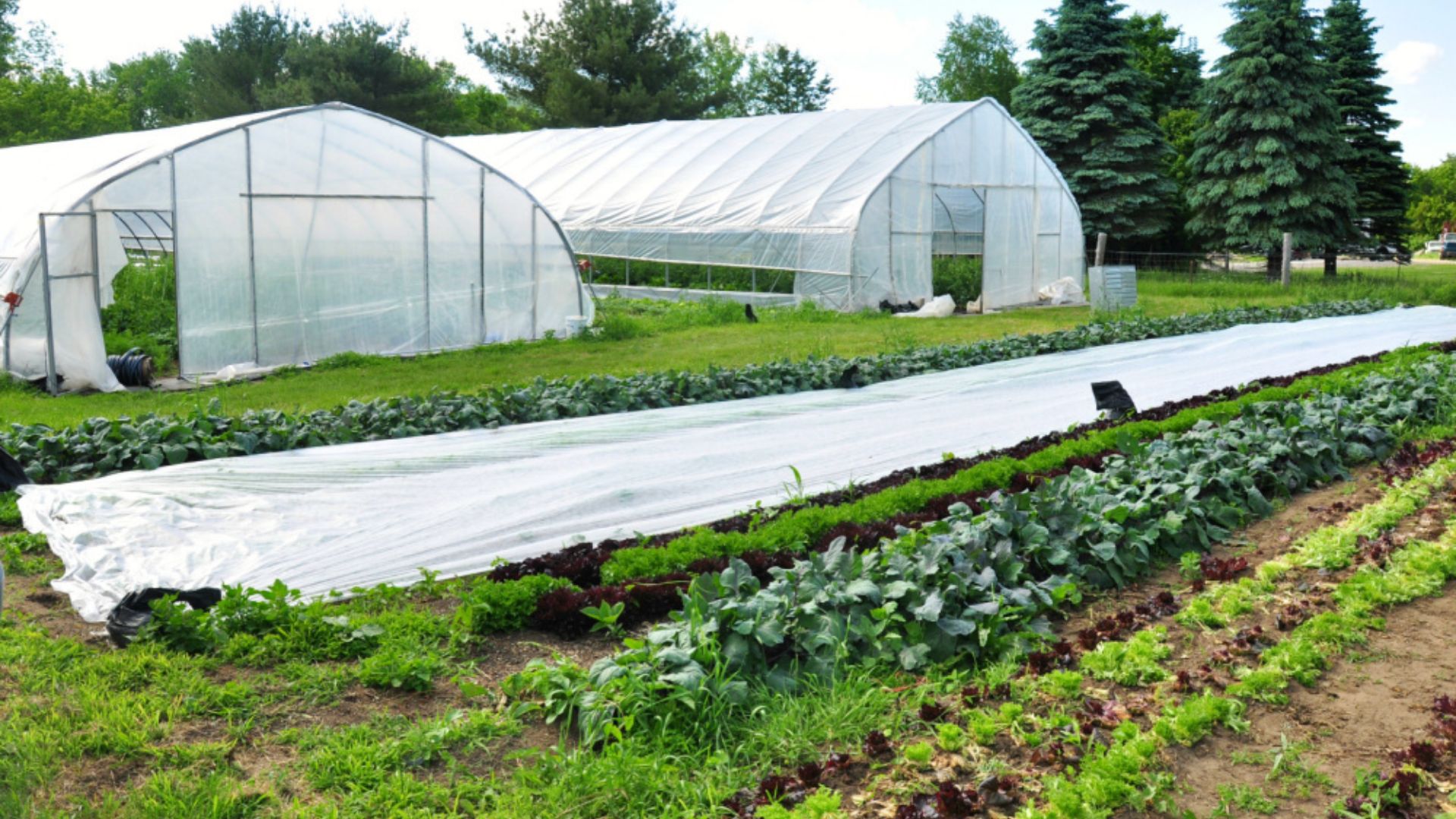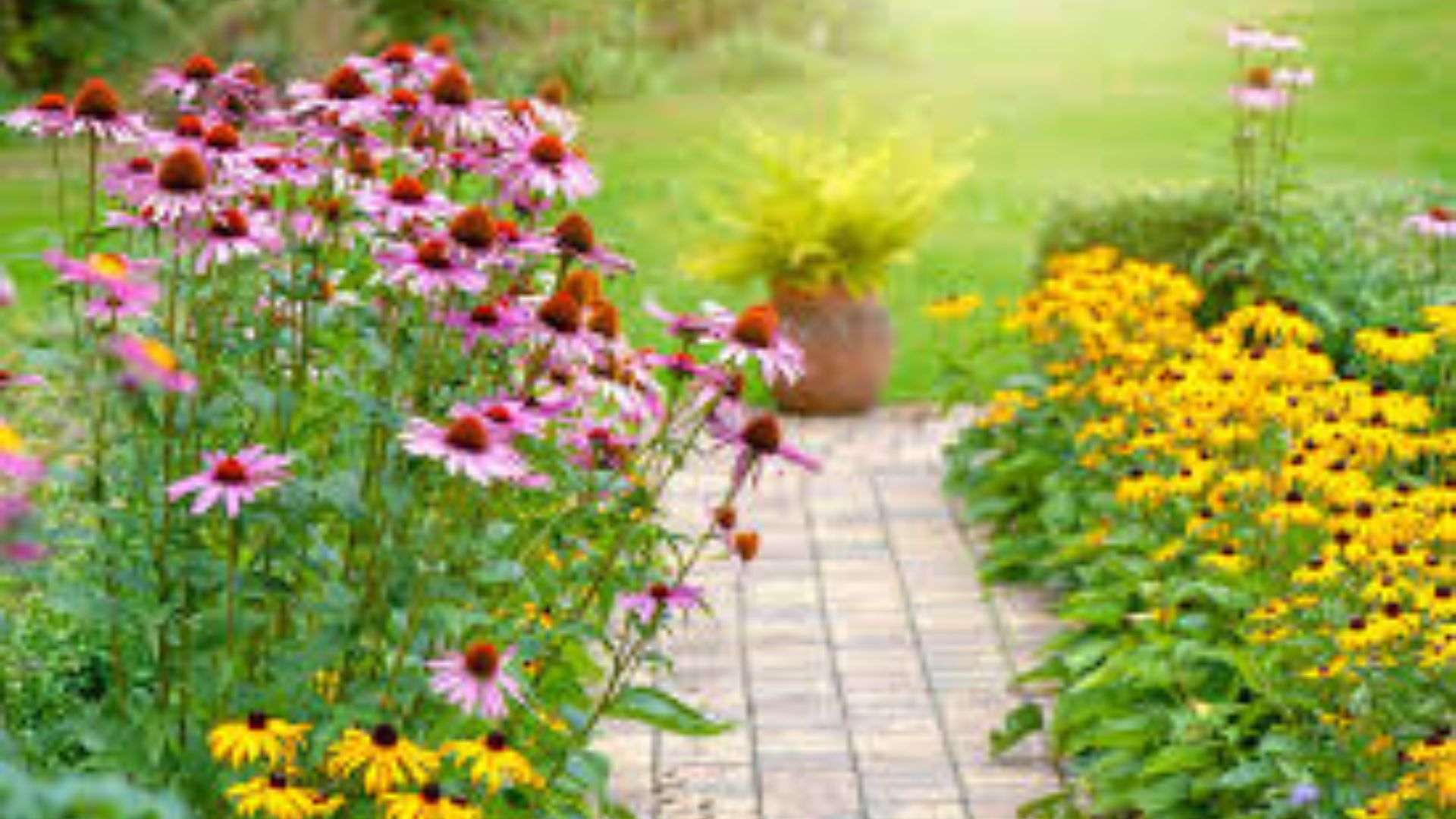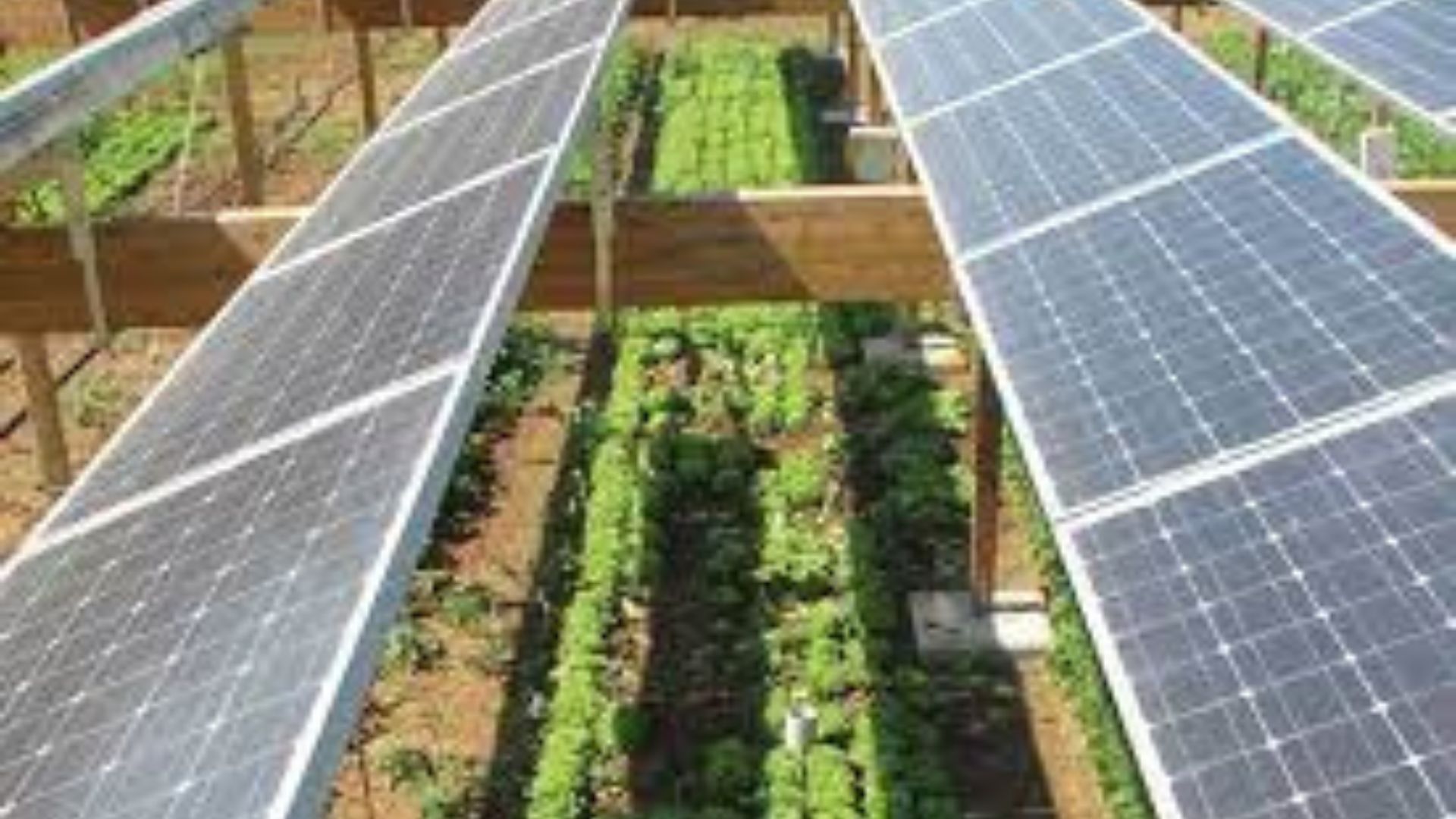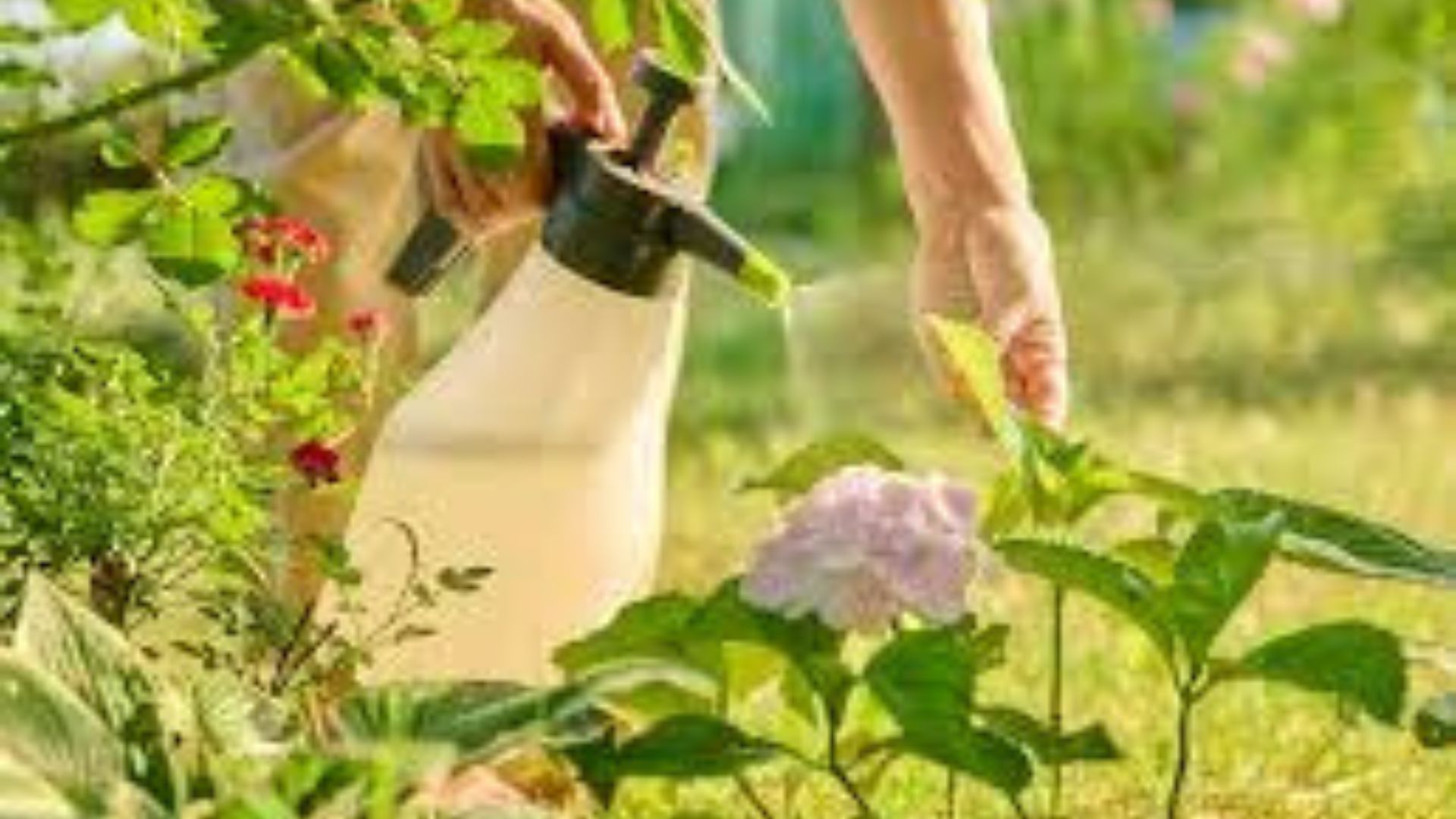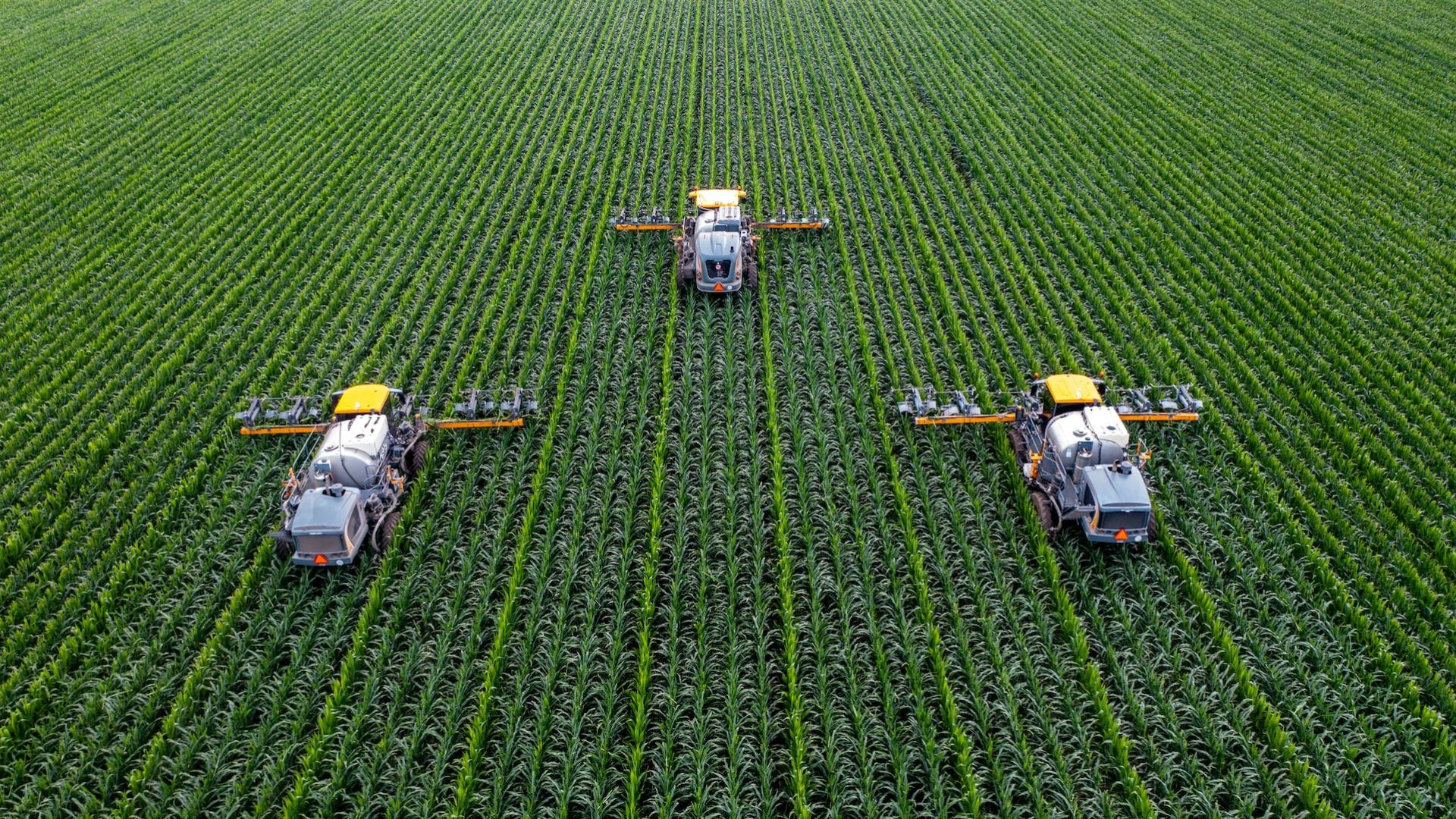Starting a green farm is a smart and sustainable way to grow healthy food while protecting the environment. Whether you want to grow for your family, your community, or for profit, this guide will walk you through the basics—step by step. Let’s dive in!
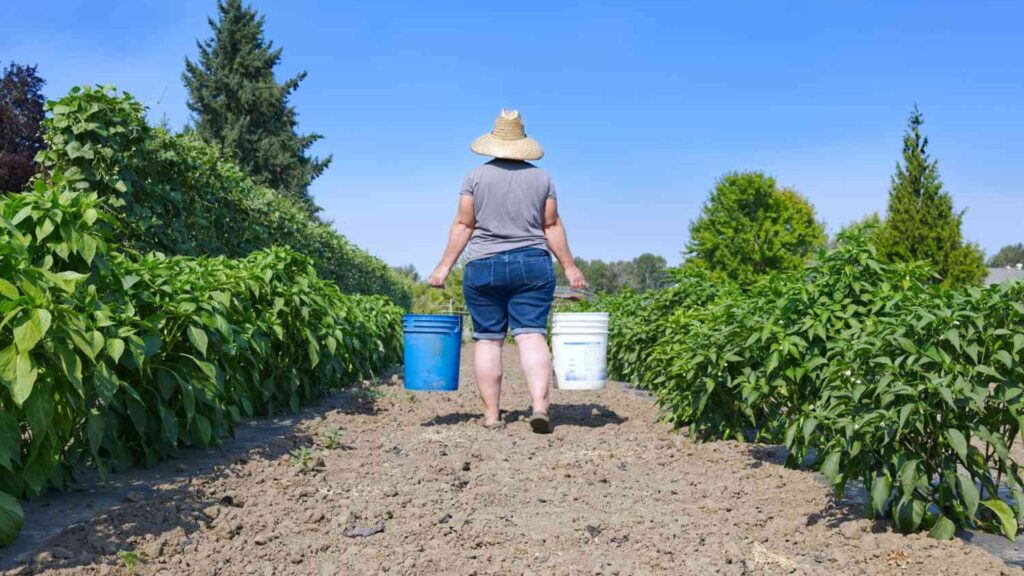
What Is Green Farming?
Green farming, also known as sustainable or eco-friendly farming, focuses on using natural methods to grow crops without harming the environment. It avoids harmful chemicals, conserves water, protects soil health, and supports biodiversity.
Step 1: Understand Why You Want to Farm
Before you dig into the soil, ask yourself:
-
Do you want to grow food for personal use or to sell?
-
Do you care about reducing your environmental impact?
-
How much time and money can you invest?
Having a clear goal will guide your entire journey.
Step 2: Choose the Right Land
What to look for:
-
Soil quality: Test the soil for nutrients, pH level, and drainage.
-
Water source: Make sure you have easy access to clean water.
-
Sunlight: Your crops need at least 6–8 hours of direct sunlight.
-
Location: Choose land close to your home or market if you plan to sell produce.
Tip: Start small—backyards, balconies, and even rooftops can work!
Step 3: Pick Your Crops Wisely
Start with easy-to-grow and high-yield crops. Choose plants based on:
-
Your climate and region
-
Your soil type
-
The season
-
What people around you like to eat or buy
Great crops for beginners:
-
Leafy greens (spinach, kale, lettuce)
-
Tomatoes
-
Herbs (basil, mint, coriander)
-
Beans
-
Root vegetables (carrots, radishes)
Step 4: Use Organic and Natural Inputs
Avoid synthetic fertilizers or chemical pesticides. Use:
-
Compost: Made from kitchen waste and dry leaves
-
Manure: From cows, chickens, or goats
-
Neem oil or garlic spray: For natural pest control
-
Mulch: To keep moisture in and weeds out
These inputs keep your farm healthy and chemical-free.
Step 5: Set Up a Watering System
Water is essential, but wasting it is not green.
Options:
-
Drip irrigation: Delivers water slowly to plant roots
-
Rainwater harvesting: Store rainwater in tanks or barrels
-
Mulching: Helps retain moisture in the soil
Water early in the morning or late in the evening to reduce evaporation.
Step 6: Start Composting
Composting turns your food and garden waste into rich fertilizer.
What you can compost:
-
Fruit and vegetable peels
-
Coffee grounds
-
Dry leaves
-
Eggshells
-
Grass clippings
Avoid meat, dairy, and oily food waste. Keep your compost pile moist and turn it often.
Step 7: Practice Natural Pest Control
Instead of chemicals, protect your crops using:
-
Neem oil or chili spray
-
Companion planting (e.g., marigolds with tomatoes)
-
Beneficial insects like ladybugs and bees
Healthy soil and strong plants are your first defense.
Step 8: Plan Crop Rotation and Polyculture
Avoid planting the same crop in the same place each season. Crop rotation:
-
Prevents pest build-up
-
Keeps soil nutrients balanced
Also, plant different types of crops together (polyculture). It mimics nature and supports soil health.
Step 9: Keep Learning and Improving
Green farming is a continuous journey. Learn from:
-
Books
-
YouTube channels
-
Local farmers
-
Agricultural workshops
Keep records of what you plant, when you harvest, and what works best.
Step 10: Sell or Share Your Produce
Once your crops grow, you can:
-
Sell at a local farmers’ market
-
Join a community-supported agriculture (CSA) group
-
Trade or donate to neighbors or schools
-
Start a small roadside stall or delivery service
Even if you’re not farming for money, sharing healthy food builds strong communities.
Final Tips for Success
-
Start small and grow step by step
-
Use natural resources wisely
-
Work with nature, not against it
-
Stay consistent and patient
Green farming isn’t just a method—it’s a mindset. It helps the earth, your health, and even your wallet over time.






